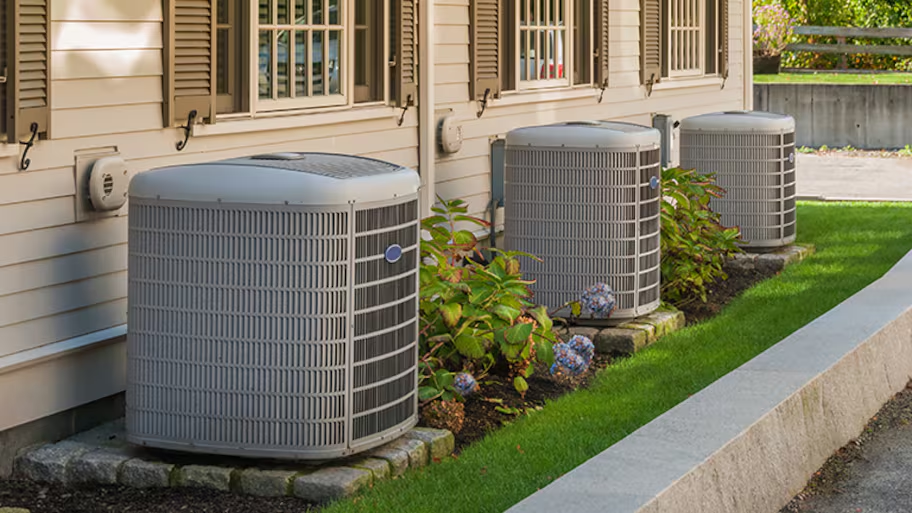
Get matched with top gas log pros in Columbia, CA
Enter your ZIP and get matched with up to 5 pros
Need a pro for your gas log service project in Columbia, CA?
Verified Reviews for Gas Log Service pros in Columbia, CA
*The Angi rating for Gas Log Service companies in Columbia, CA is a rating based on verified reviews from our community of homeowners who have used these pros to meet their Gas Log Service needs.
*The HomeAdvisor rating for Gas Log Service companies in Columbia, CA is a rating based on verified reviews from our community of homeowners who have used these pros to meet their Gas Log Service needs.
Last update on December 11, 2025
Find Gas log pros in Columbia

Sue's Custom Gardens
Sue's Custom Gardens
At Sues Custom Garden's color is king. If you like color I'm your girl! If it's unusual it's my style. If you like unique plants or hardscapes, we can help. My landscapes are unique and creative and look nothing like the other guys. At Sues Custom Gardens, we are passionate about creating beautiful and functional landscapes that suit your needs and preferences. We can design and install custom features such as patios, walkways, retaining walls, water features, garden structures, fencing as well as planting and irrigating! We also offer synthetic turf installation for a low-maintenance and eco-friendly alternative to natural grass. We serve residential clients in Angels Camp, CA and the surrounding areas in Calaveras county as well asj. This includes Amador, Toulmne, San Joaquin and Stanislaus counties. We are licensed, bonded and insured. It does not include garden maintenance!
At Sues Custom Garden's color is king. If you like color I'm your girl! If it's unusual it's my style. If you like unique plants or hardscapes, we can help. My landscapes are unique and creative and look nothing like the other guys. At Sues Custom Gardens, we are passionate about creating beautiful and functional landscapes that suit your needs and preferences. We can design and install custom features such as patios, walkways, retaining walls, water features, garden structures, fencing as well as planting and irrigating! We also offer synthetic turf installation for a low-maintenance and eco-friendly alternative to natural grass. We serve residential clients in Angels Camp, CA and the surrounding areas in Calaveras county as well asj. This includes Amador, Toulmne, San Joaquin and Stanislaus counties. We are licensed, bonded and insured. It does not include garden maintenance!
The Red Store
The Red Store
The Red Store is a family owned and operated business for 3 generations. We have an incredible staff that prides themselves on customer service and quality work. Open 7 days a week to beter serve you. Valid Contractors Licence and experienced employees.
The Red Store is a family owned and operated business for 3 generations. We have an incredible staff that prides themselves on customer service and quality work. Open 7 days a week to beter serve you. Valid Contractors Licence and experienced employees.
The homeowners guide to home care is here
From average costs to expert advice, get all the answers you need to get your job done.

HVAC replacement costs depend on a lot of factors, like unit type, size, and labor. See what you can expect to pay for HVAC replacement here.

Discover the primary whole-house air filtration system cost factors when installing one in your home to help remove airborne contaminants and allergens.

If your furnace is malfunctioning, it could be a faulty control board. Find out what a furnace control board replacement costs for parts, labor, and more.

If your furnace is making loud noises, it could be the first sign something is failing. This guide will go over some of your furnace’s most noisy issues.

Learn how to reset your boiler safely with our comprehensive guide. Don't let heating issues disrupt your comfort this winter.

You’ll need to get creative if you want to run your portable AC in a windowless room. Here’s how to vent a portable air conditioner without a window.
- Garage Doors in Columbia
- Plumbing in Columbia
- Deck Maintenance in Columbia
- Mailbox Repair in Columbia
- Kitchen And Bath Remodeling in Columbia
- Electrical in Columbia
- Tree Service in Columbia
- Cleaning in Columbia
- Painting in Columbia
- Roofing in Columbia
- Garbage Collection in Columbia
- Gutter Cleaning in Columbia
- Swimming Pools in Columbia
- Chimney Sweep in Columbia
- Water And Smoke Damage in Columbia
- Concrete Repair in Columbia
- Fencing in Columbia
- Interior Painting in Columbia
- Windows in Columbia
- Animal Removal in Columbia
- Carpet Cleaning in Columbia
- Ceiling Fans in Columbia
- Driveway Gates in Columbia
- Handyman Service in Columbia
- Landscaping Hardscaping And Pavers in Columbia
- Mulch And Topsoil in Columbia
- Siding in Columbia
- Sunroom And Patio Remodeling in Columbia
- Plumbing in Columbia
- Kitchen And Bath Remodeling in Columbia
- 🌱 "Mow a small front yard"
- 🛠 "Fix a leaking pipe under the sink"
- 🏠 "Repair shingles on an asphalt roof"

